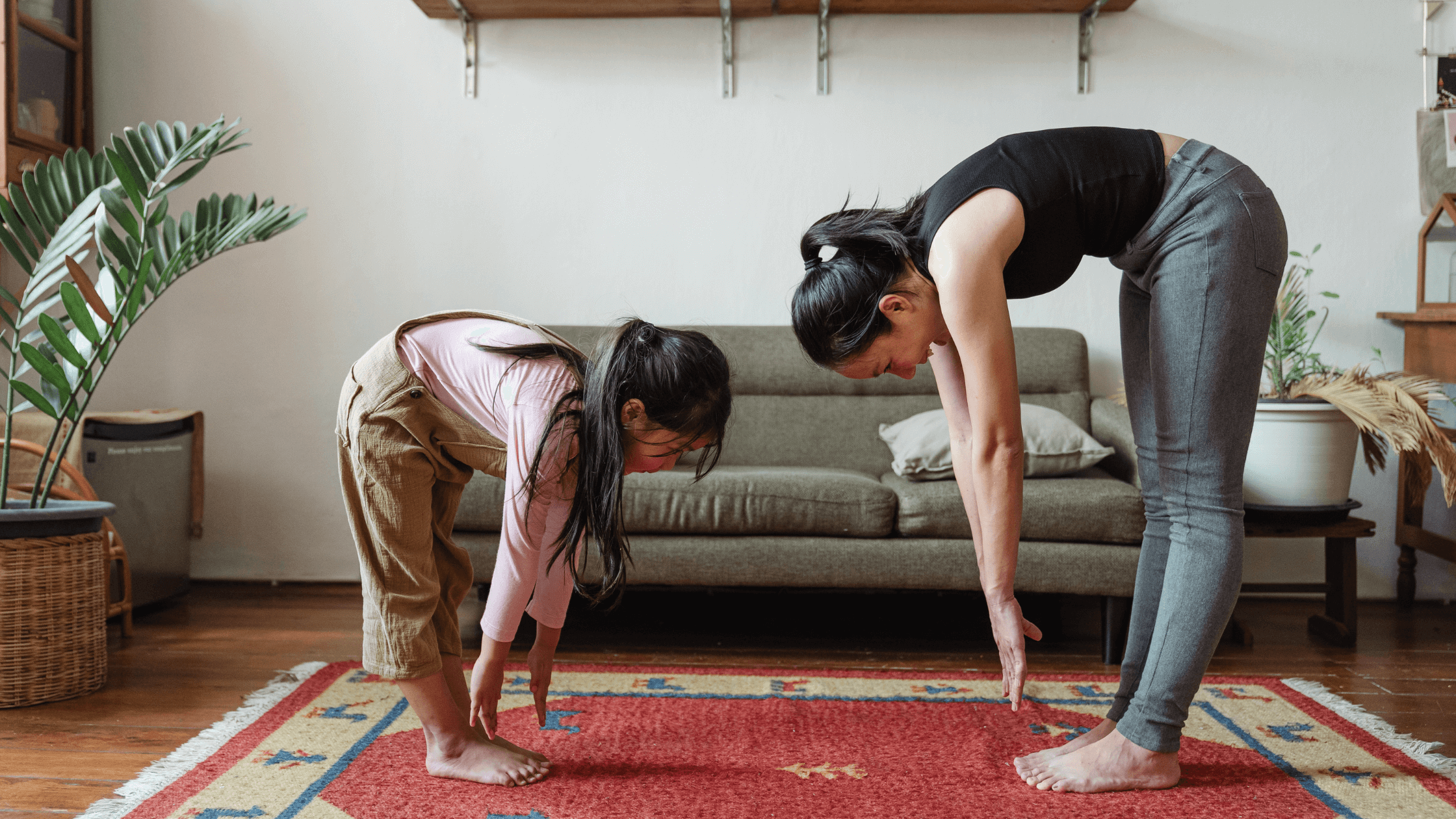Pilates | Sports Performance | Physical Therapy | Gymnastics
Are Hypermobile Joints Unstable? How To Build A Balanced Body

Licensed Physical Therapist, PT, DPT // Lead EW Yoga Instructor // EW Pilates Instructor // EW Motion Therapy Homewood
Have you been told that you are double-jointed? Have you always been able to touch your toes easily? If you answer yes to these questions, you likely have a hypermobile joint system. How do you know what kind of body type you have? And what are some of the characteristics of hypermobility?
While bodies with hypermobile joint systems lend themselves well to specific movements, they sometimes struggle with bodily awareness and musculoskeletal instability. If your body moves this way, it is vital to pursue activities that your body is well adapted for to help you build the strength your body needs to stabilize itself. Athletes with hypermobile joint systems tend to gravitate toward sports that require both strength and flexibility. This includes dancers, gymnasts, and more, and we see many of these athletes at EW Motion Therapy. Our goal is to help each of these athletes achieve their goals by building strength and finding practical ways to move more effectively in their everyday lives. Even if you choose not to work with us, we still want to discuss the problems associated with joint hypermobility and how you can find ways to increase stability.
This article covers some of the issues associated with joint hypermobility, which may lead to musculoskeletal instability, how this can affect your movement, and ways to restore stability. With this information, you can pursue activities you love while equipping your body to keep up.
What is hypermobility?
To better understand joint hypermobility, it helps to understand how we view joint systems in general. Joint systems can have very lax ligaments (hypermobile) or very tight ligaments (hypomobile). Most of us fall somewhere in between and are a healthy mixture of both.
If you are an athlete with a hypermobile body type, you are generally born more flexible. These individuals tend to have strong muscles and more flexible ligaments, enabling them to excel in activities that require flexibility, such as yoga, dance, or gymnastics. If you are hypermobile, you likely enjoy stretching and may do so to unwind.
Function often follows structure, so a person with loose joints may be a skilled gymnast, for example, but can be more prone to injury. This is because their body may not have the muscle stability to support the lax ligamentous system. If you are hypermobile and often feel tight, your muscles may be tightening up to provide stability. This is why many people with joint hypermobility may deal with chronic tension issues, such as migraine headaches.
Instability vs. stability
If you are told that you have a body with joint instability, don’t panic. That only means your musculoskeletal system allows you to move easily and explosively in some movements, but does not have the musculoskeletal stability to keep it stable in other movements. The ideal body type is strong and flexible, but individuals with a hypermobile joint system may have excessive flexibility and insufficient strength to stabilize themselves. These people may be prone to dislocating joints or have very flat feet. They may also experience instability in their pelvis during pregnancy. But again, you can have a hypermobile joint system and still be very stable if your body has the muscular strength to support your joints during movement.
How does joint hypermobility affect your movement?
As we mentioned earlier, individuals with hypermobile joint systems excel in any flexibility-based activity, including gymnastics and dance. They love stretching-based exercises like yoga, but may also have “double-jointed” or hyperextended body parts, such as elbows. But because they might not have the ideal muscle strength to counterbalance their flexibility, they can pull muscles and incur other injuries more easily, from rolling ankles to dislocating shoulders. This may occur due to a lack of awareness of their joint position during activity - a gymnast might feel confident landing a dismount, for example, but does not realize their ankle is unstable until they roll it while landing. This is why building strength is essential for people with joint hypermobility, so they can develop full-body awareness and resources to stabilize their joints and decrease their risk of injury.
What can you do to increase musculoskeletal stability?
There are many ways people with hypermobile joint systems can build strength and increase their bodily awareness. You need an external force to help you create muscle mass, and the fitness world offers many options. One of those options is Pilates. Pilates can be an excellent movement practice for those with joint hypermobility because it is grounded in building a stable core, and you can ensure you have a strong base from which to move your flexible joints and limbs. This can be especially helpful for athletes like gymnasts since they spend so much time with their lower back hyperextended - Pilates promotes a strong spine to reduce their injury risk.
In addition to Pilates, you can strengthen with bodyweight exercises, resistance bands, or weightlifting. You can go to the gym yourself or begin with a personal trainer if you want some expert advice. If medically appropriate and your doctor thinks you need it, you could even start a personalized treatment plan with a physical therapist.
What professionals can I see?
Now you know more about joint hypermobility and instability, and some ways to build strength in your fitness routine. People with hypermobile joint systems require more core strength training to have the proper balance of flexibility and stability. Many professionals can help if you want expert advice, including a gymnastics specialist, a personal trainer, or a physical therapist.
Flexibility is a gift, but it could hurt you if you push yourself too far. Knowing your limitations is vital to a healthy fitness routine and moving better throughout your day. At EW Motion Therapy, we help athletes and everyday clients build strength, increase flexibility, and pursue their favorite activities while reducing their risk of injury. If you want to learn more about gymnastics, click the button below to download our answers to 20 frequently asked questions.

